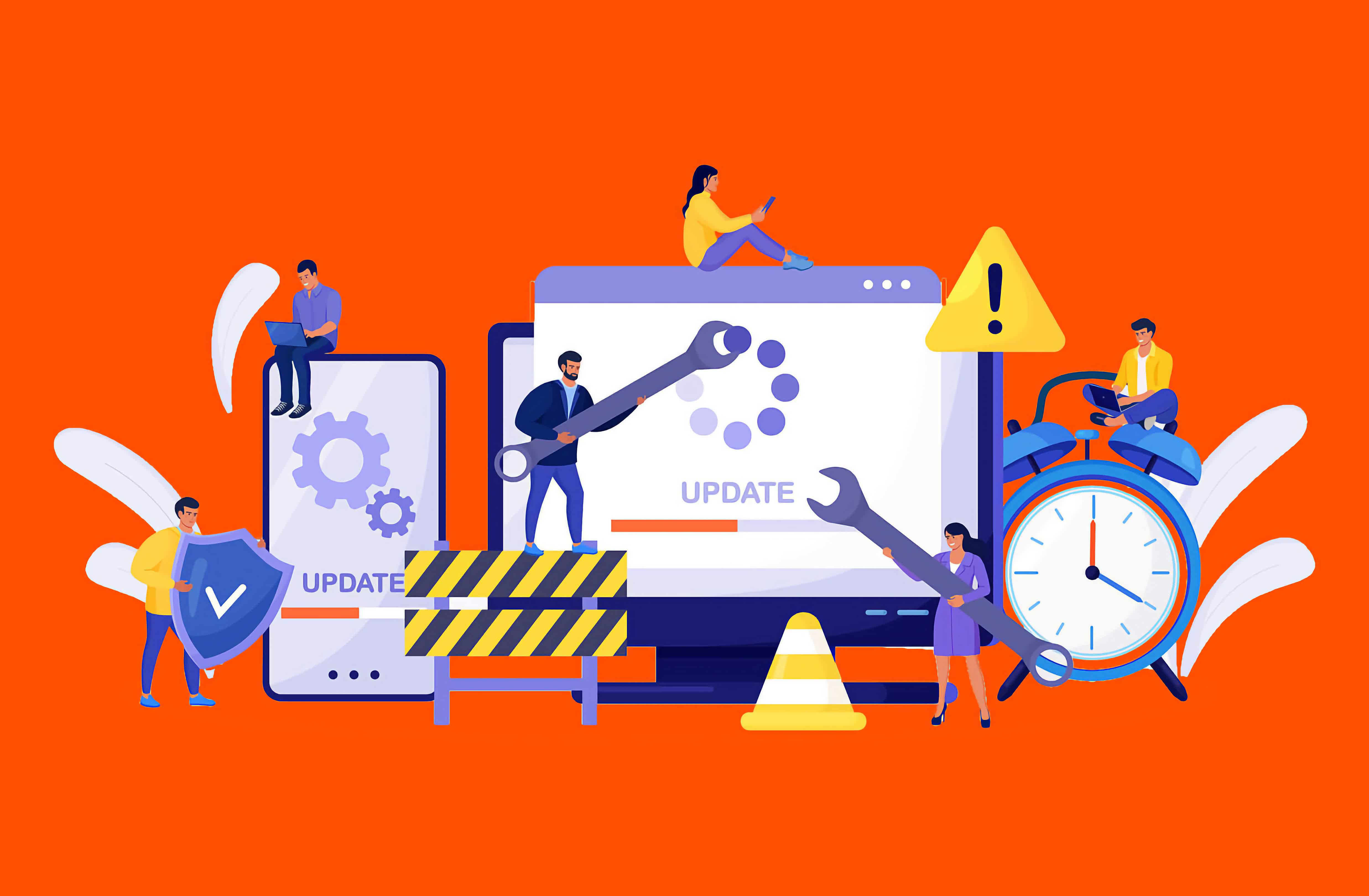Failover vs. Failback: Two Disaster Recovery Methods
A key distinction in the realm of disaster recovery is 关键字2the one between failover and failback. Both terms describe two sides of the same coin, complementary processes that are often brought together. However, their effects and purposes couldn't be more different. Both play critical roles in ensuring business continuity and disaster recovery, making it essential to understand what they are and how they differ. Failover is a business continuity operation that ensures continued access to a system by fully transitioning to another instance of that system. This secondary system is designed to be resilient, ideally unaffected by the event that compromised the primary system. Put simply, failover occurs when connectivity is switched from one system instance to another. This can happen in various ways, including: Editor's Note: The critical point about failover is that it involves a complete migration of logical or physical access from the primary system, server, or hosting location to a secondary one. While other processes, such as load balancing, may distribute partial connectivity between system instances or components, they do not qualify as failover because they do not represent a full cutover. Failback is the quintessential disaster recovery operation. It involves a full migration back to the production status quo – a recovery if you will – at the validated conclusion of a disaster. Failback occurs when a system reverts back to the primary environment after the root cause of a disruption has been addressed. In practice, this looks like a failover, but in reverse. Once the primary system is restored, access is pointed to that system, and the standby is deactivated. This reversion is a critical distinction. Some organizations may have complete standby systems for critical applications, which permit full operations on the standby system. In that case, the standby can rightfully be considered the primary and the repaired former primary the new standby. Failover is critical in a business continuity event because it keeps operations running. By having a system to which your business can transition when a primary system is unavailable, you're able to continue doing business. People can work, revenue streams are preserved, and customers can be served. Without failover, these functions could grind to a halt, leading to significant disruption. Many organizations depend on technology for critical processes, and when those processes are unavailable, analog alternatives may be insufficient or entirely obsolete. Failover ensures that even in a disaster, the business keeps moving. Failback comes into play once the need for failover ends. As the disaster is resolved, failback allows the organization to return to normal operations. Typically, failback is necessary when the standby system cannot sustain operations as effectively as the primary system. For instance, a standby system may not be a full replica of the primary system and might be designed only for temporary use during an emergency. For mission-critical systems, some organizations may build a standby system that is a full replica of the primary. While costly, this approach mitigates the risks of diminished functionality during disasters. In an ideal world, every business would maintain two fully operational environments: a primary environment and an identical standby environment. This setup would allow for seamless transitions during disasters, ensuring that business operations are completely unaffected. However, that model can effectively double an IT budget: two sets of endpoints, two sets of servers, two sets of cloud environments, two sets of data, staff to support that both in IT and business operations, etc. It's costly and inefficient for any company, to the point where no company truly maintains that support model. Instead, most organizations opt for a failover and failback model because it balances cost and efficiency. With this approach, the standby environment is designed to sustain critical operations during a disaster, even if it's not as robust as the primary system. This makes it more economical, less work is duplicated, and the risk of data loss or impact is lower. It's crucial to maintain a well-designed secondary environment. Cutting costs too deeply on a standby system can result in inefficiencies or financial losses if critical operations are disrupted. Striking the right balance between cost and functionality is key. If uninterrupted business operations are essential, then a strategic failover and failback plan is not optional – it's a necessity.What is Failover?

This guest blog post was written by the staff at Pure Storage, an US-based publicly traded tech company dedicated to enterprise all-flash data storage solutions. Pure Storage keeps a very active blog, this is one of their "Purely Educational" posts that we are reprinting here with their permission.What is Failback?

The Role of Failover and Failback in Disaster Recovery

The Benefits of Leveraging Both Failover and Failback

- 最近发表
-
- 小黑盒怎么领取epic游戏
- [新浪彩票]足彩第25086期任九:意大利主胜稳胆
- 法国高端啤酒品牌1664携手全新品牌代言人于适 优雅开启“玩味新法式”品牌盛典
- Display Tech Comparison: IPS vs. VA vs. TN vs. QD
- 'โรม'เผยถูกอดีตแพทย์ใหญ่พัวพันชั้น 14 ฟ้องเรียกค่าเสียหาย 50 ล้าน หลังซักฟอกคดีนี้
- 亚运沃土开出奥运之花 丨 又一重大国际赛事落户宁波象山
- 椿之歌前期彩玉使用攻略分享
- WATCH: Umar Akmal defends Babar Azam in heated argument with host
- 截至5月底我国累计实施汽车召回3149次,涉及车辆1.2亿辆
- 八部门:探索建立长江经济带重点行业企业和个人碳账户
- 随机阅读
-
- 《替补情人》(艺君演唱)的文本歌词及LRC歌词
- 社区“新宠”——智能垃圾分类桶
- 群英觉醒嬴政强度一览 群英觉醒嬴政强度怎么样
- Display Tech Comparison: IPS vs. VA vs. TN vs. QD
- 浦东举办上海城市业余联赛“火焰蓝杯”定向赛
- 地下城堡4骑士与破碎编年史地下墓穴270关攻略
- WATCH: Umar Akmal defends Babar Azam in heated argument with host
- 兵士算是最壮大的职业吗?
- 宫鲁鸣被吓一跳,波黑主教练赞不绝口,赛后两位教头谈到张子宇!
- 破解Windows 7网络连接数限制的两种方法
- 既能拍照打卡,又能听跑步大使分享经验,这家NIKE体验店就是要红
- 中国最有智慧的古书 2025谋略奇书推荐
- 国足主帅伊万解约后已离开中国 新帅带队征战东亚杯
- 法国高端啤酒品牌1664携手全新品牌代言人于适 优雅开启“玩味新法式”品牌盛典
- AI丹丹看AI大会
- เกิดเหตุอาคารถล่มที่กัมพูชา โชคดีไร้เจ็บ
- 认识XP系统中的十个特殊文件
- 这一波“小鬼”王琳凯巴黎街拍 吹爆国货尔克奇弹
- 科技感十足,新型智能垃圾箱房亮相天津
- 绿军愿交易除塔图姆外任何人 聆听布朗怀特报价
- 搜索
-
- 友情链接
-